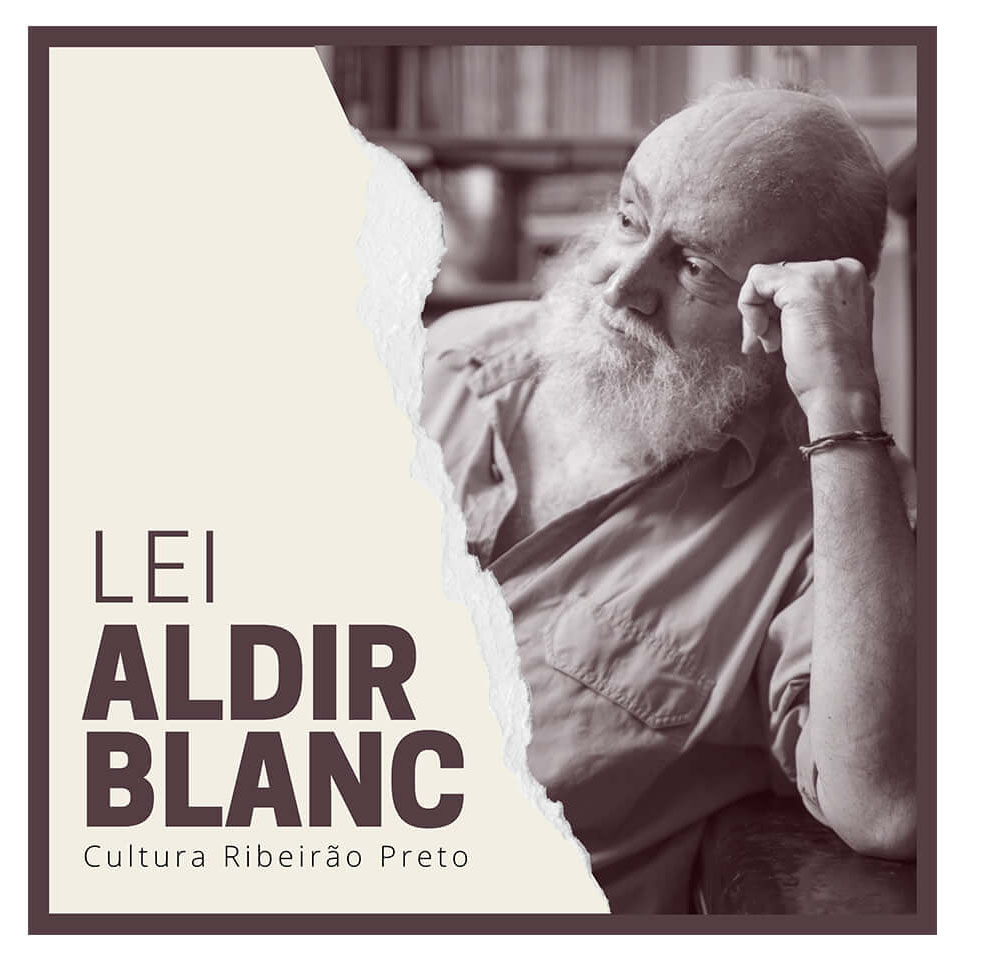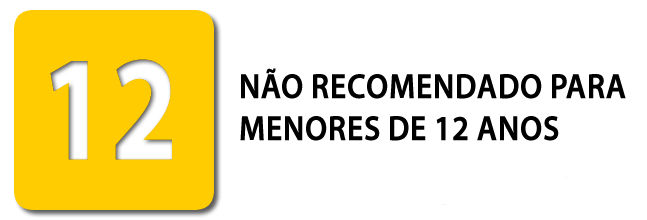Conheça o projeto Visita Virtual IFF
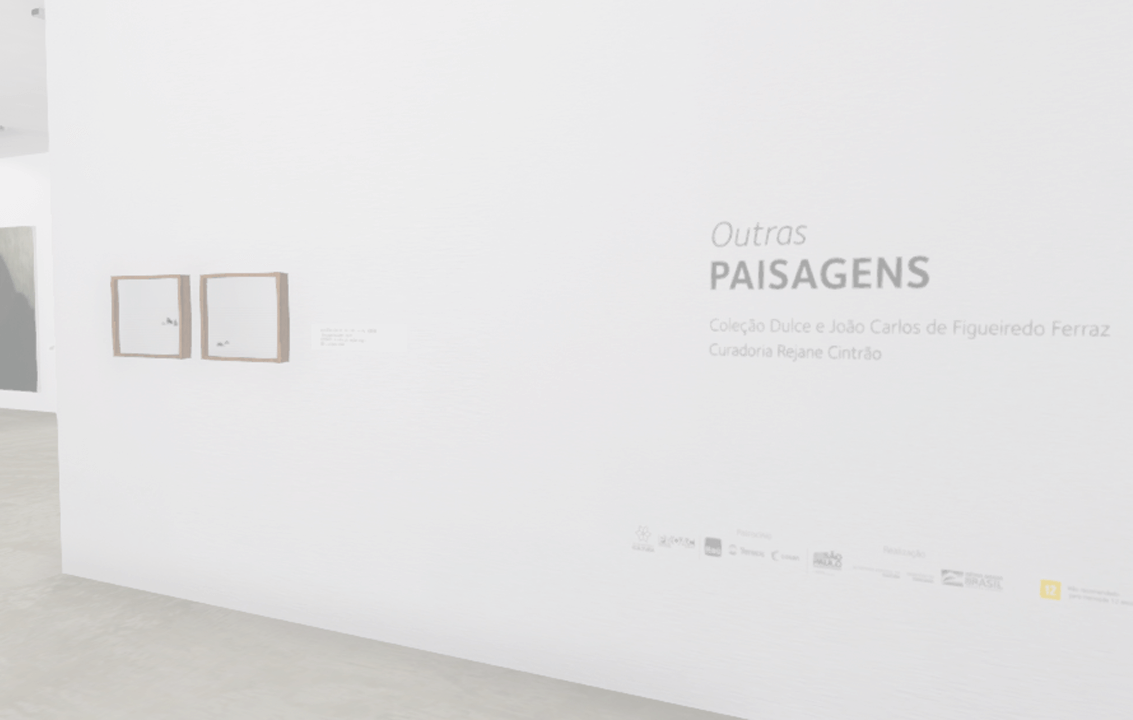
The project
In 2020, throughout the COVID-19 pandemic, which requires social distancing measures, museums and galleries have recognized the need to adapt to the constantly changing artistic landscape. The Figueiredo Ferraz Institute (IFF), based in Ribeirão Preto, was no exception. Given this atypical context, the IFF found an innovative solution: a gamified virtual visit, thus allowing the continuity of its mission of disseminating, encouraging and democratizing access to Brazilian contemporary art.
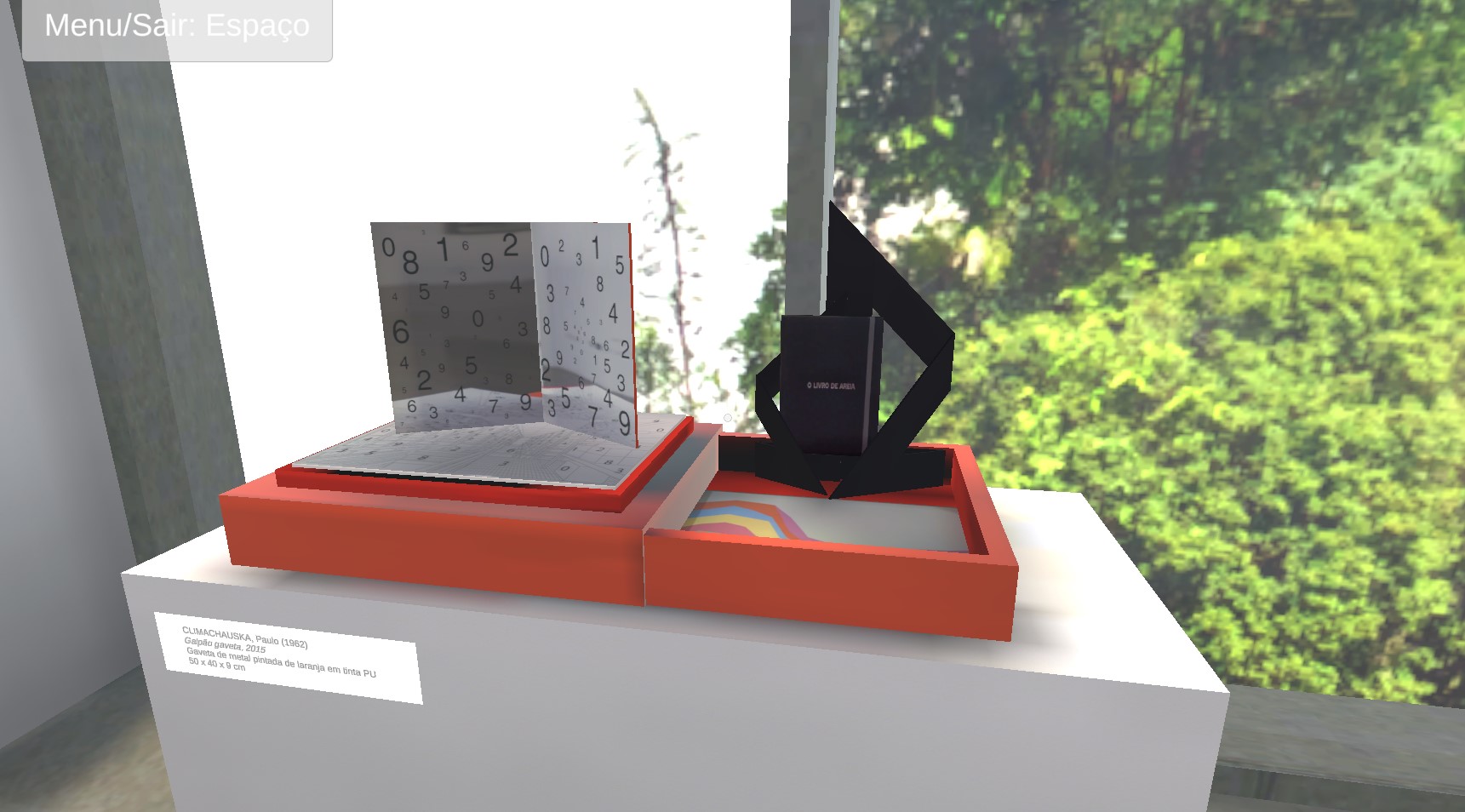
Those responsible for creating the Virtual Visit were the young Ingrid Ostan, an art educator at IFF, and Ícaro Ostan, a master's student in mechatronic engineering at USP in São Carlos.
“During the pandemic, it was difficult not to worry about how we would continue
our work at IFF. Because we deal with exhibitions, the visual appeal is essential to the visiting experience, the exhibition environment is what generates
immersion and bringing the public closer to the work of art. During the beginning of the quarantine, I looked for ideas to propose to the IFF, contributing to remote access for the public.
What I was looking for was a way to immerse the visitor in the space and the best options were Street View and 360o Video. However, each approach has functions
specific advantages and disadvantages.
To obtain more relevant information, I contacted Ícaro Ostan, my brother, who was doing a master's degree in technology, with greater knowledge
topic, he could show me the best way forward. He asked me about the attempt to do something different, that was accessible to the budget and innovated the
way in which online tours are constructed. It was at that moment that the idea arose to combine our knowledge and create a gamified virtual tour. Talking to
Coordinator of the Figueiredo Ferraz Institute, Rejane Cintrão, and, sharing the vast national and international museum knowledge that it possesses, we decided
Choosing the exhibition was the simplest part. Opened at IFF the day before the closing to the public, due to the pandemic, the exhibition “Other Landscapes” with
works from the collection and curated by Rejane Cintrão. For this reason, no one had yet seen, which led me to think about the opportunity for the exhibition to be visited. This choice
also had advantages in practical terms: as it is a smaller area, with fewer architectural structures and fewer works of art on display,
All these details accelerated the development processes and facilitated modeling the environment.
Developing this project was an intense and rewarding process, we had to do
adaptations until it became suitable. In this sense, I believe it was very It is important to unite different areas of knowledge towards a common objective. At the
In this case, the union of the knowledge of my brother, graduated in mechatronic engineering, and mine in museology management, generated incredible results, proving to be
It is possible to unite different areas to make culture more accessible. Naturally, we had several difficulties along the way, such as redoing
some works in three dimensions, or make the application available on the official website, which was not possible for technical reasons. The biggest difficulty I had was creating a
website with little prior knowledge on the subject, to provide the virtual tour. In the end, the best part was seeing the finished work, of course, but, most importantly, seeing the
benefits brought to the Educational Program services and also continue developing the website with the IFF team.”
Ingrid Ostan
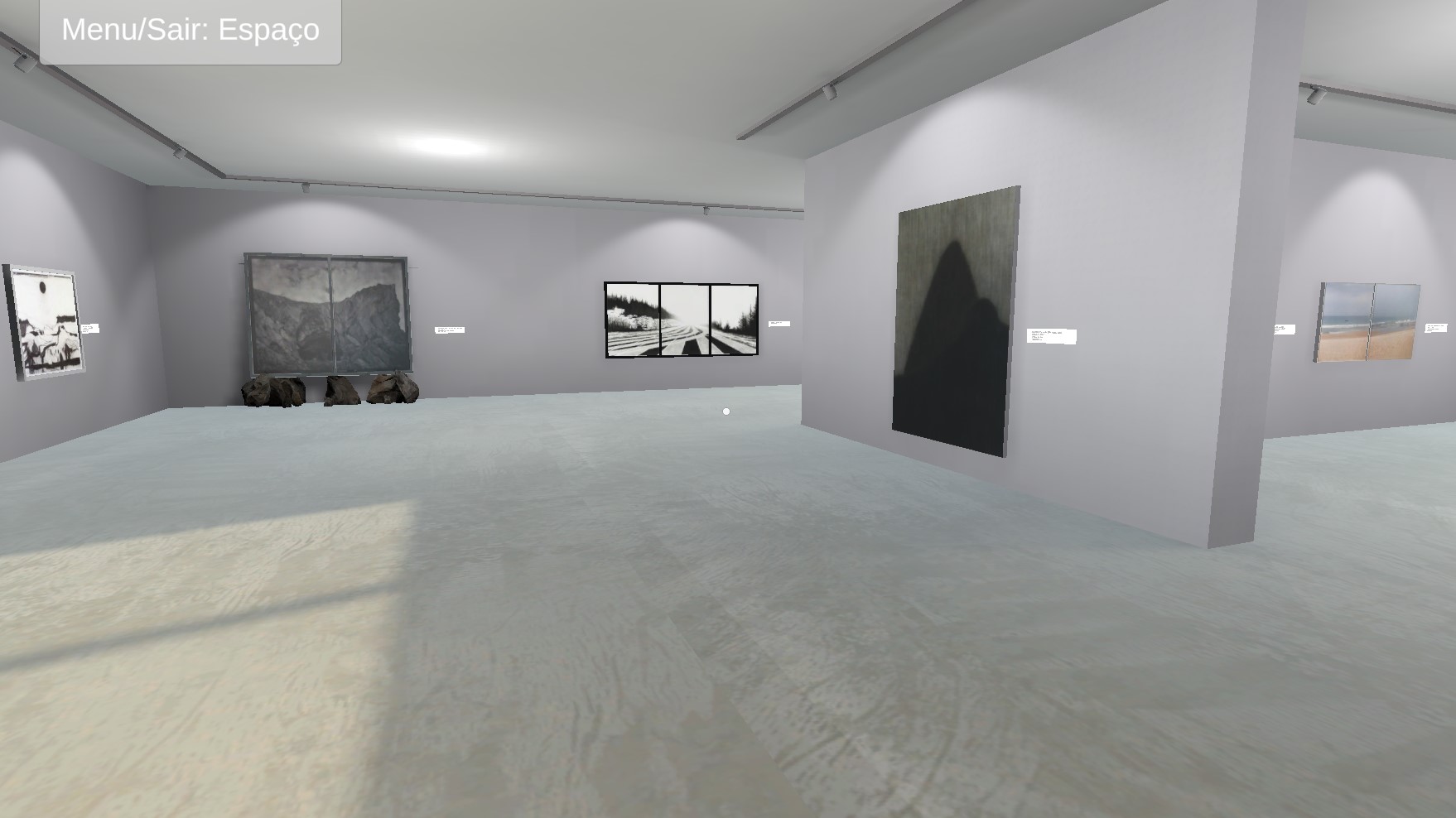
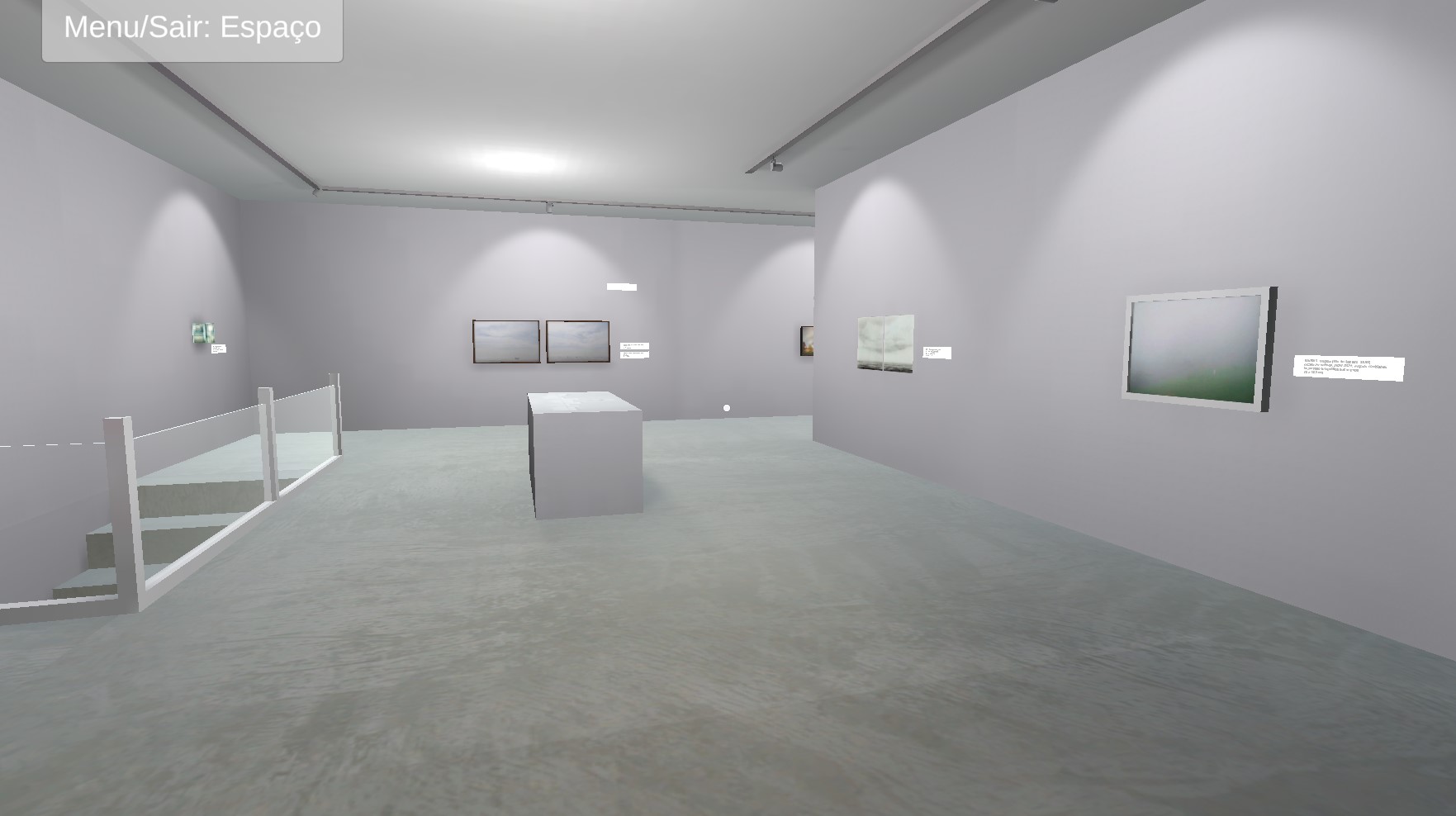
"The virtual visit to one of the exhibitions at the Figueiredo Ferraz Institute (IFF) is an example
use of virtual game development elements and techniques outside the context of virtual games. In this case, an application was developed for a web browser with
first-person perspective and control commands similar to those used in games, so that people, from their home, could visit the IFF exhibition.
Gamification is known for providing greater engagement, interaction and dynamism to the activity that is gamified. Although the current application is simple, that is, the user
just walk through the exhibition and observe the works and their surroundings as it would be in the real world, the application can contain new attributes, which can be
developed in the future, keeping in mind the educational activities developed by the institute with students.
My sister Ingrid, art educator at IFF, shared the difficulties imposed by the pandemic and said that the Institute was looking for ways to reach the public
virtually. She had in mind what a virtual tour would look like and shared it with me some ideas. I suggested to my sister the idea of developing a small replica
Digital image of one of her exhibitions. She agreed and complemented with new ideas and suggestions. I believe that, just as the IFF promoted access to exhibitions in a
free before the pandemic, this free access should continue, for the sake of cultural and artistic dissemination.
We started with a simple pilot project, we considered some alternatives that they were not as viable and fast as the current one, and, finally, we reached the final version. In the
final stages of development, I received news that other museums and galleries in the Brazil had adopted the same approach. It was a good indication that we were
with a vision aligned with theirs.
My familiarity with development tools made the process easier. I tried to apply some simple attributes that could increase the realism of the
virtual experience, and thus make the experience more engaging and immersive, as first-person view, the sound of footsteps when walking, scale and proportion between
the objects. There were, however, performance constraints. The application could not be very sophisticated, otherwise it would take a long time to load and be executed by the
web browser. That's why I tried to keep it simple.
The software used to develop the application (Unity) helped a lot, because it brings several ready-made tools for more efficient implementation of virtual games. A
The biggest difficulty was including the work Galpão Gaveta (2015) by Paulo Climachauska. Because if dealing with a non-flat work, different from photographs and paintings, I had to do
a simplified 3D model of the work, in order to obtain a more similar result to the actual work. Of course, the intention was not to make a perfect replica, but to sufficiently
convincing.
I had to keep in mind that photographic realism was not the goal of this application. Before, the intention was to create an immersive environment (not necessarily
with perfect graphics), through which art lovers and IFF visitors could visit an exhibition again in critical times like the pandemic.”
Ícaro Ostan
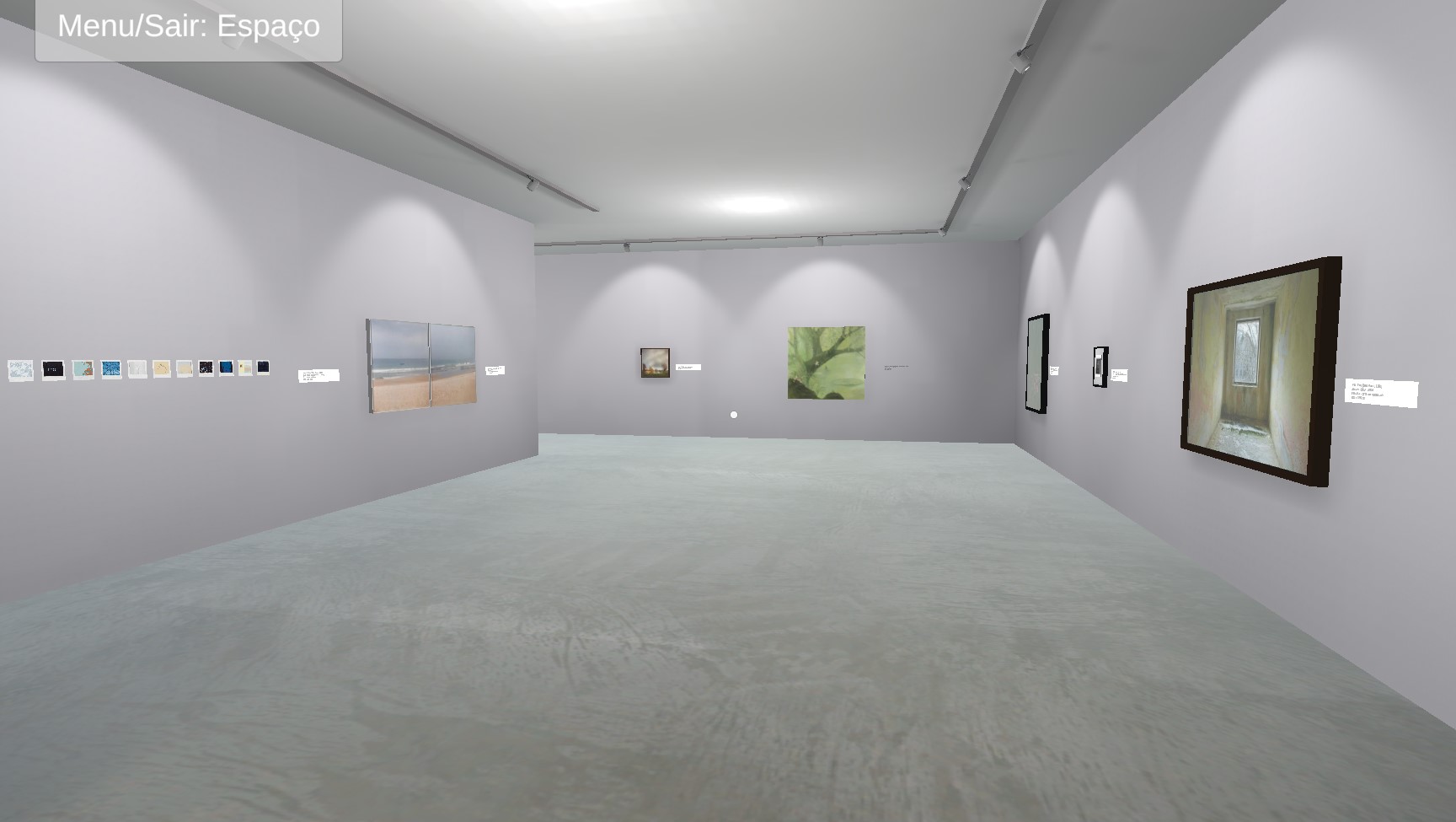
"The Figueiredo Ferraz Institute's mission is to disseminate and encourage contemporary Brazilian art, making it accessible to everyone through exhibitions, courses, meetings with artists and, mainly, through our activities promoted for public and private schools in Ribeirão Preto and region.
Since its opening in 2011, we have received around 50 thousand visitors, thanks to incentive laws and our sponsors, who made our activities viable, allowing free entry for everyone. As the new times do not allow us to welcome you to our space for now, our team has prepared a sensational experience, which will bring IFF to your home, wherever you are. All you need is access to a computer. You can visit the "Other Landscapes" exhibition and get to know the 25 works belonging to the Dulce and João Carlos de Figueiredo Ferraz collection up close."
Rejane Cintrão
"Although virtually reproducing all the attributes of the real world is a difficult task, the IFF virtual exhibition seeks to immerse the user within an artistic exhibition at a time when access to it in person is not possible. Therefore, no seeks to replace the real experience, which would require the use of more sophisticated tools that are less accessible to the public. Rather, it seeks to provide a viable alternative to art lovers, who will be able, thanks to the application, to remotely contemplate the Institute's collection."
Ícaro Ostan
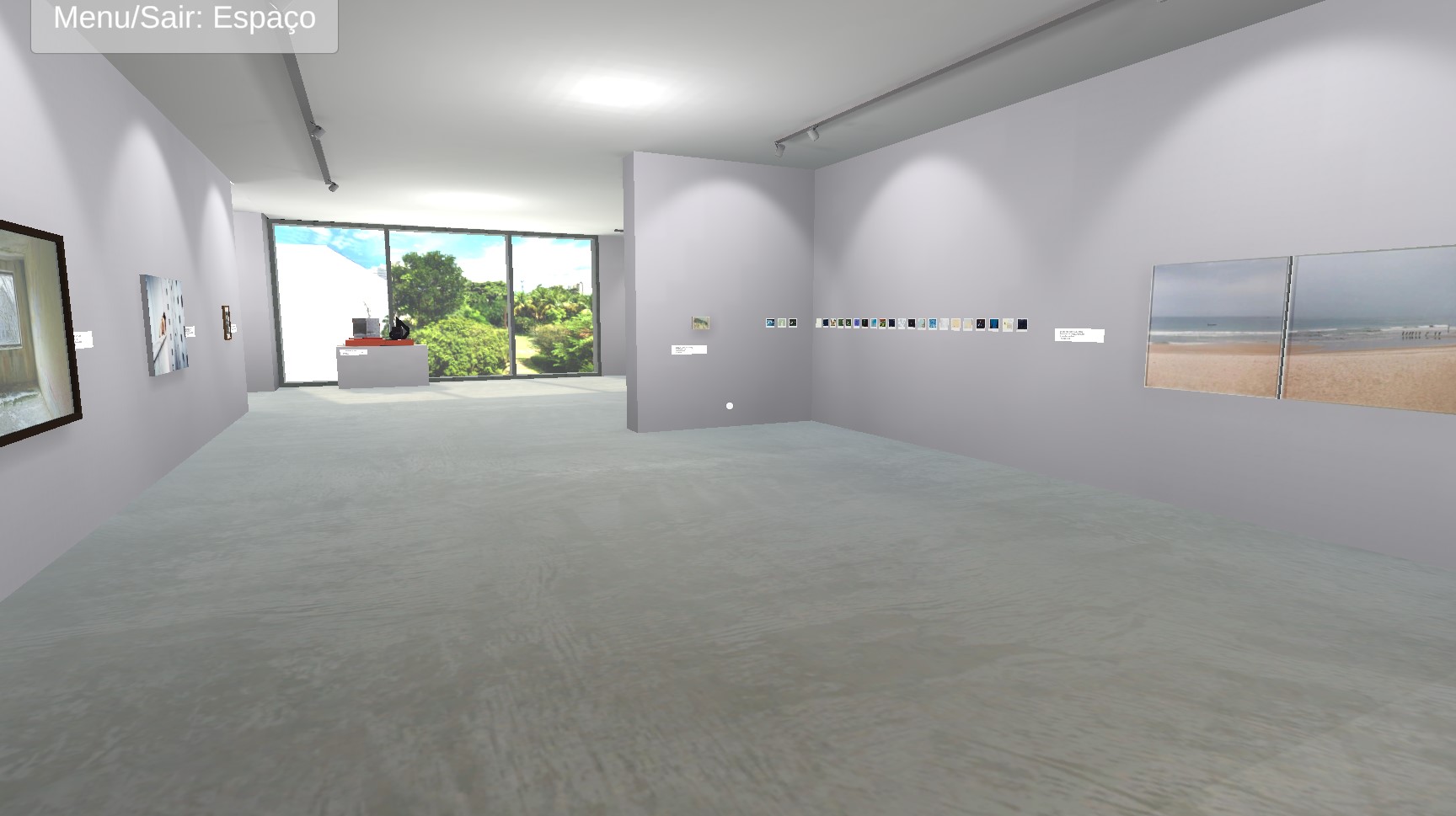
Curadoria - Rejane Cintrão
Desenvolvedor - Ícaro Ostan - Mestre em Engenharia Mecatrônica
Desenvolvedor e Gestão de Projeto - Ingrid Ostan - Arte Educadora
Find out more about the Project
